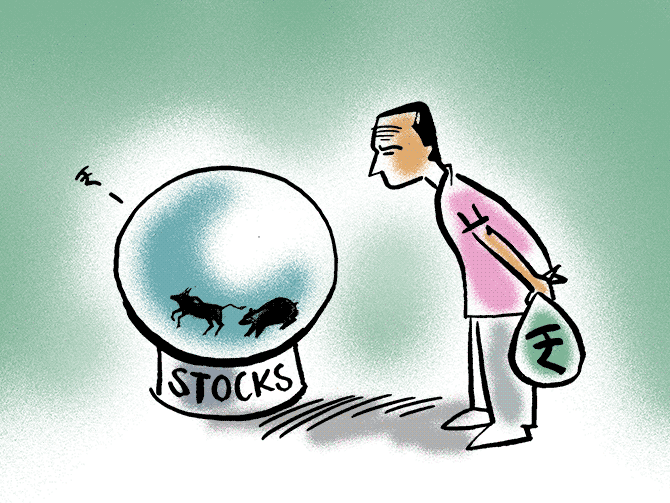Given the sharp run-up in most mid-, small-cap counters, analysts are now cautioning against the rich valuation of these two segments.
The latest circular from BSE that sought to cap the price movement of select scrips, especially the mid-, small-cap segments, traded on the exchange is not without a reason.
A quick calendar year-to-date price check on the stocks from the categories put under ‘Add-on Price Band Framework’ by the BSE reveals a total of 210 stocks have seen their market price more than double.
Among individual stocks, SC Agrotech, Adinath Textiles, Waaree Renewable Technologies, Steel Strips Infrastructure, Unistar Multimedia, Texel Industries, Raja Bahadur International and Hindustan Everest Tools from the BSE’s X and XT group have rallied over 500 per cent during this period.
Topping the charts is Gita Renewable Energy, which has zoomed 3,964 per cent to Rs 272.35 now from Rs 6.7 as on December 31, 2020.
The stock hit a 52-week high of Rs 300 on August 11, 2021.
As per the available June 30, 2021 shareholding pattern, the promoters held 73.05 per cent stake in the company, while the remaining 26.95 per cent holding is with bodies corporate (15.07 per cent) and individual shareholders (9.74 per cent), data show.
In comparison, the S&P BSE Sensex has gained 14 per cent, while the S&P BSE Midcap and the S&P BSE Smallcap indices have rallied 26.6 per cent and 42.8 per cent, respectively, during the same period, data show.
“The BSE circular does not seem out of context as there was some froth building up in the mid-, and small-caps. In the last three – four trading sessions alone, the small-caps have lost nearly Rs 5 trillion in market-cap.
“There are liquidity concerns now given how the retail and other investors are lapping up initial public offers (IPOs).
“The correction is healthy and BSE has adopted the right approach to curb speculative activity, if any, in the market segments mentioned in the circular,” said G Chokkalingam, founder and chief investment officer at Equinomics Research.
According to BSE, the ‘Add-on Price Band Framework’ shall be applicable to companies with a market-capitalisation of less than Rs 1,000 crore and on securities in groups X, XT, Z, ZP, ZY, and Y.
The securities, BSE said, should have a price of Rs 10 and more (as on review date).
Based on Wednesday’s market capitalisation data, these companies accounted for less than 1 per cent of the total market capitalisation of BSE-listed companies.
Among the ones highlighted by the exchange is the ‘Z’ group, which was introduced by BSE in July 1999 and includes companies that have failed to comply with its listing requirements and/or have failed to resolve investor complaints and/or have not made the required arrangements with both the depositories, viz., Central Depository Services (I) Ltd. (CDSL) and National Securities Depository Ltd. (NSDL) for dematerialization of their securities.
Given the sharp run-up in most mid-, small-cap counters, analysts are now cautioning against the rich valuation of these two segments.
“We maintain our previous precautionary view on the small-and mid-cap indices, which have made new highs on relative valuation versus the Nifty50.
“Small-cap index has reached 83 per cent of NIFTY price-to-book (P/B), topping the peak of 82 per cent in January 2018.
“Comparatively, the mid-cap index at 78 per cent is lower than 88 per cent in January 2018,” cautions Dhananjay Sinha, managing director and chief strategist at JM Financial Institutional Securities.
As an investment strategy, one needs to be very cautious and selective in the mid-, and small-caps, suggests A K Prabhakar, head of research at IDBI Capital.
“BSE’s clampdown via the Add-on Price Band Framework was a much-needed move and will go a long way in curbing speculative activity.
“Short-term trades should be avoided. Investors should buy on a dip from a three – five year perspective and scout for companies that are on firm fundamental footing,” he adds.
Source: Read Full Article
